
Rabbit Anti-SIK1 antibody
MSK; myocardial SNF1 like kinase; Salt inducible kinase 1; Salt-inducible protein kinase 1; Serine threonine protein kinase SNF1 like kinase 1; Serine threonine protein kinase SNF1LK; Serine/threonine-protein kinase SIK1; Serine/threonine-protein kinase S
View History [Clear]
Details
Product Name SIK1 Chinese Name 丝氨酸/苏氨酸蛋白激酶SIK1抗体 Alias MSK; myocardial SNF1 like kinase; Salt inducible kinase 1; Salt-inducible protein kinase 1; Serine threonine protein kinase SNF1 like kinase 1; Serine threonine protein kinase SNF1LK; Serine/threonine-protein kinase SIK1; Serine/threonine-protein kinase SNF1-like kinase 1; Serine/threonine-protein kinase SNF1LK; SIK-1; SIK1; SIK1_HUMAN; SNF1 like kinase. Research Area Tumour Cell biology immunology Signal transduction Cyclin transcriptional regulatory factor Immunogen Species Rabbit Clonality Polyclonal React Species Human, Mouse, Rat, (predicted: Dog, Pig, Horse, ) Applications ELISA=1:5000-10000 IHC-P=1:100-500 IHC-F=1:100-500 Flow-Cyt=3ug/Test (Paraffin sections need antigen repair)
not yet tested in other applications.
optimal dilutions/concentrations should be determined by the end user.Theoretical molecular weight 85kDa Cellular localization The nucleus cytoplasmic Form Liquid Concentration 1mg/ml immunogen KLH conjugated synthetic peptide derived from human Snf1lk: 51-150/783 Lsotype IgG Purification affinity purified by Protein A Buffer Solution 0.01M TBS(pH7.4) with 1% BSA, 0.03% Proclin300 and 50% Glycerol. Storage Shipped at 4℃. Store at -20 °C for one year. Avoid repeated freeze/thaw cycles. Attention This product as supplied is intended for research use only, not for use in human, therapeutic or diagnostic applications. PubMed PubMed Product Detail Transient role during the earliest stages of myocardial cell differentiation and/or primitive chamber formation and may also be important for the earliest stages of skeletal muscle growth and/or differentiation. Potential role in G2/M cell cycle regulation. Inhibits CREB activity by phosphorylating and repressing the CREB-specific coactivators, CRTC1-3.
Function:
Serine/threonine-protein kinase involved in variousprocesses such as cell cycle regulation, gluconeogenesis andlipogenesis regulation, muscle growth and differentiation and tumorsuppression. Phosphorylates HDAC4, HDAC5, PPME1, SREBF1,TORC1/CRTC1 and TORC2/CRTC2. Acts as a tumor suppressor and plays akey role in p53/TP53-dependent anoikis, a type of apoptosistriggered by cell detachment: required for phosphorylation ofp53/TP53 in response to loss of adhesion and is able to suppressmetastasis. Part of a sodium-sensing signaling network, probably bymediating phosphorylation of PPME1: following increases inintracellular sodium, SIK1 is activated by CaMK1 and phosphorylatesPPME1 subunit of protein phosphatase 2A (PP2A), leading todephosphorylation of sodium/potassium-transporting ATPase ATP1A1and subsequent increase activity of ATP1A1. Acts as a regulator ofmuscle cells by phosphorylating and inhibiting class II histonedeacetylases HDAC4 and HDAC5, leading to promote expression of MEF2target genes in myocytes. Also required during cardiomyogenesis byregulating the exit of cardiomyoblasts from the cell cycle viadown-regulation of CDKN1C/p57Kip2. Acts as a regulator of hepaticgluconeogenesis by phosphorylating and repressing the CREB-specificcoactivators TORC1/CRTC1 and TORC2/CRTC2, leading to inhibit CREBactivity. Also regulates hepatic lipogenesis by phosphorylating andinhibiting SREBF1.
Subunit:
Interacts with ATP1A1 (By similarity). Interacts (when phosphorylated on Thr-182 and Ser-186) with YWHAZ.
Subcellular Location:
Cytoplasm. Nucleus.
Post-translational modifications:
Phosphorylated at Thr-182 by STK11/LKB1 in complex withSTE20-related adapter-alpha (STRADA) pseudo kinase and CAB39,leading to its activation. Phosphorylation at Thr-182 promotesautophosphorylation at Ser-186, which is required for sustainedactivity. Autophosphorylation at Ser-186 is maintained bysequential phosphorylation at Thr-182 by GSK3-beta. GSK3-betacannot initiate phosphorylation at Thr-182, it can only maintainit. Phosphorylation at Ser-575 by PKA promotes translocation to thecytoplasm. Phosphorylation at Thr-322 by CaMK1 followingintracellular sodium concentration leads to activation.Phosphorylated upon DNA damage, probably by ATM or ATR.
DISEASE:
Note=Defects in SIK1 may be associated with some cancers,such as breast cancers. Loss of SIK1 correlates with poor patientoutcome in breast cancers (PubMed:19622832).
Similarity:
Belongs to the protein kinase superfamily. CAMK Ser/Thr protein kinase family. AMPK subfamily.
Contains 1 protein kinase domain.
Contains 1 UBA domain.
SWISS:
P57059
Gene ID:
150094
Database links:Entrez Gene: 150094 Human
Entrez Gene: 17691 Mouse
Omim: 605705 Human
SwissProt: P57059 Human
SwissProt: Q60670 Mouse
Unigene: 282113 Human
Unigene: 700423 Human
Unigene: 290941 Mouse
Unigene: 42905 Rat
Product Picture
Primary Antibody (green line): Rabbit Anti-SIK1 antibody (SL6252R)
Dilution: 3μg /10^6 cells;
Isotype Control Antibody (orange line): Rabbit IgG .
Secondary Antibody : Goat anti-rabbit IgG-PE
Dilution: 1μg /test.
Protocol
The cells were fixed with 4% PFA (10min at room temperature)and then permeabilized with ice-cold methanol for 20 min at-20℃.The cells were then incubated in 5%BSA to block non-specific protein-protein interactions for 30 min at at room temperature .Cells stained with Primary Antibody for 30 min at room temperature. The secondary antibody used for 40 min at room temperature. Acquisition of 20,000 events was performed.
References (0)
No References
Bought notes(bought amounts latest0)
No one bought this product
User Comment(Total0User Comment Num)
- No comment
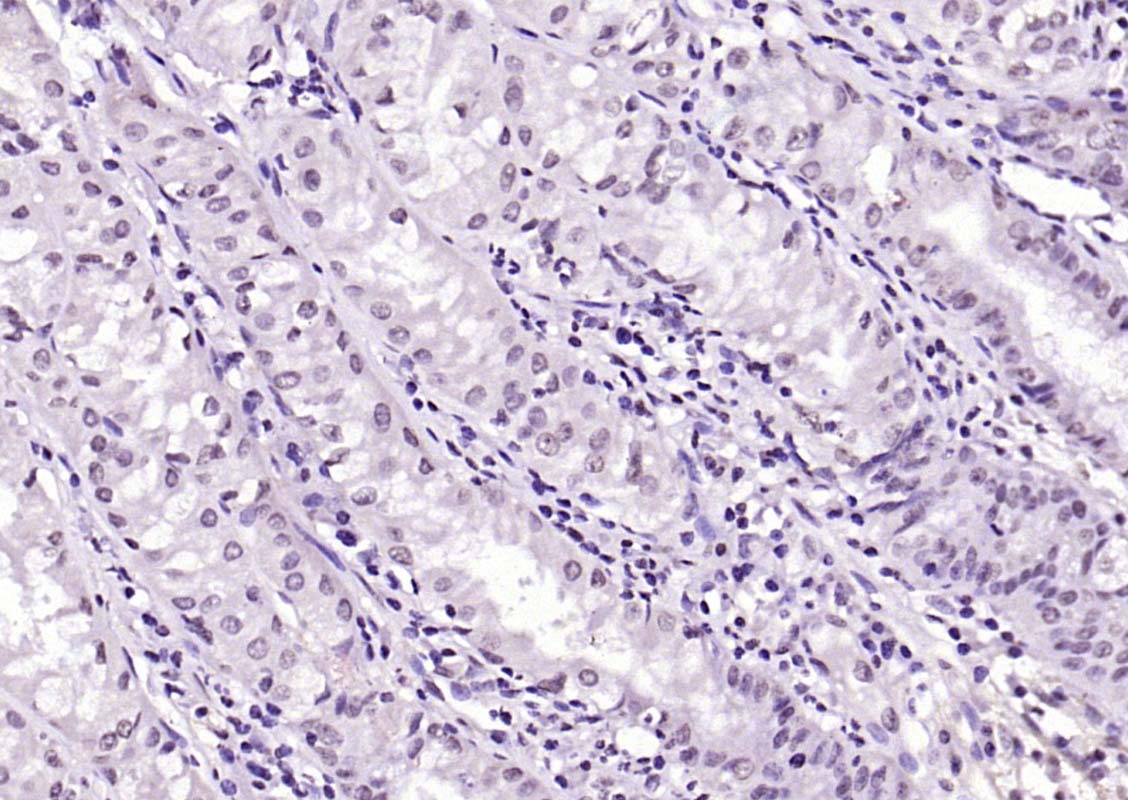
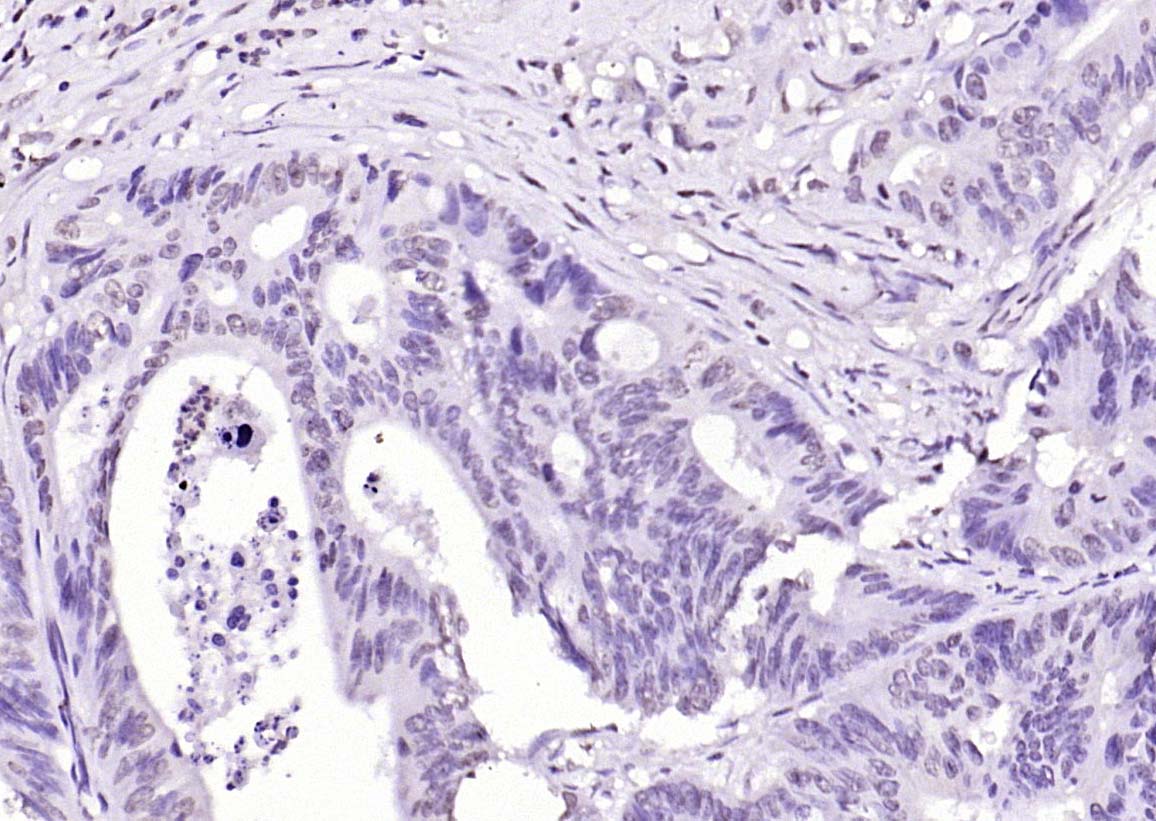

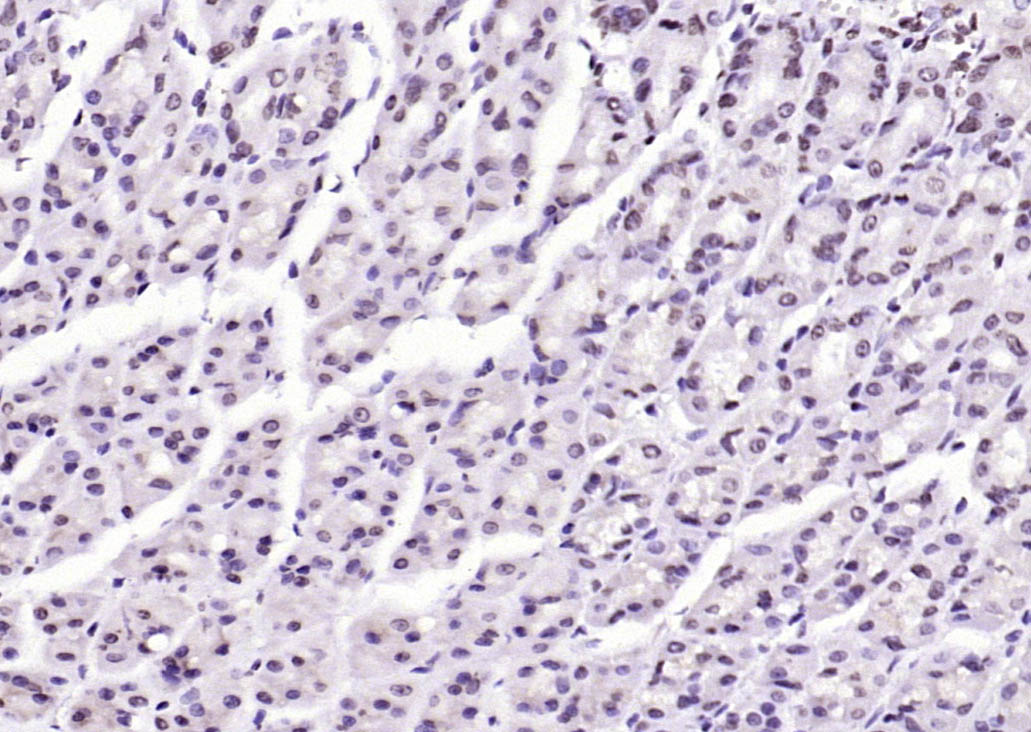
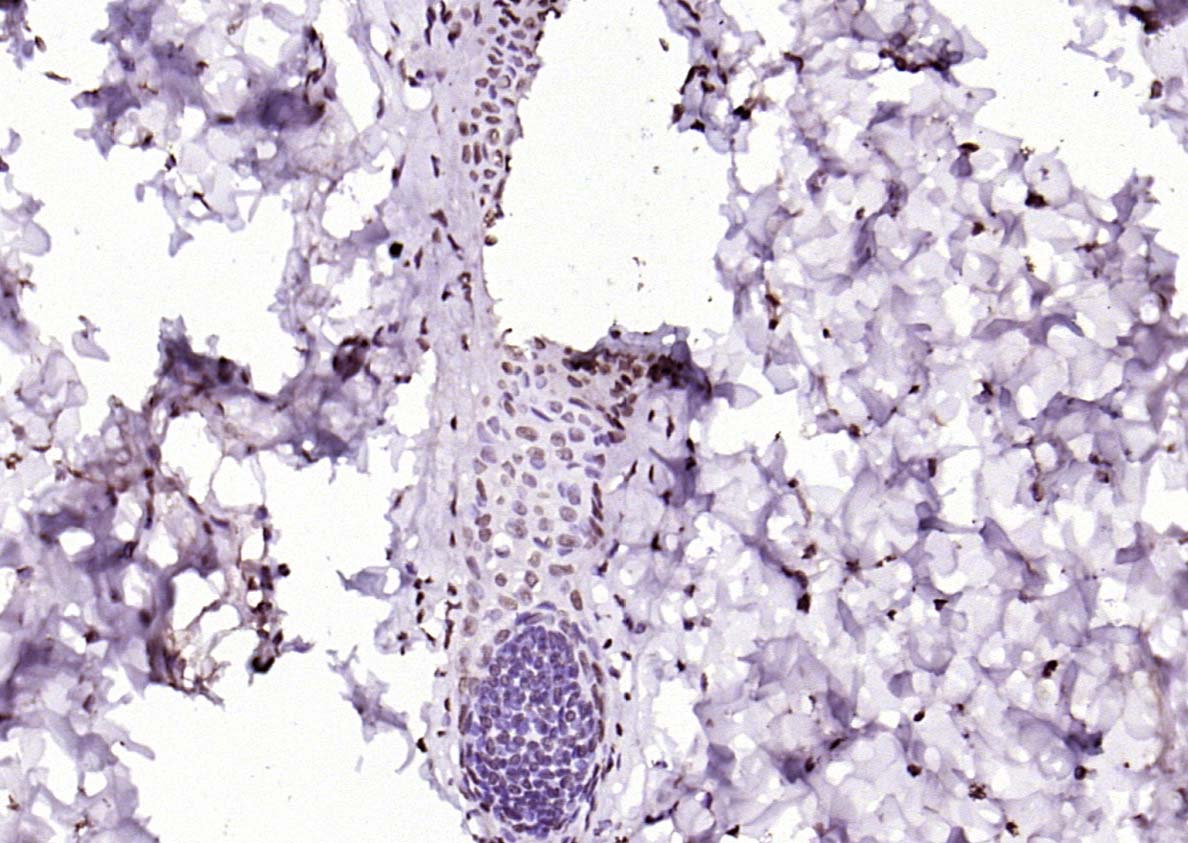
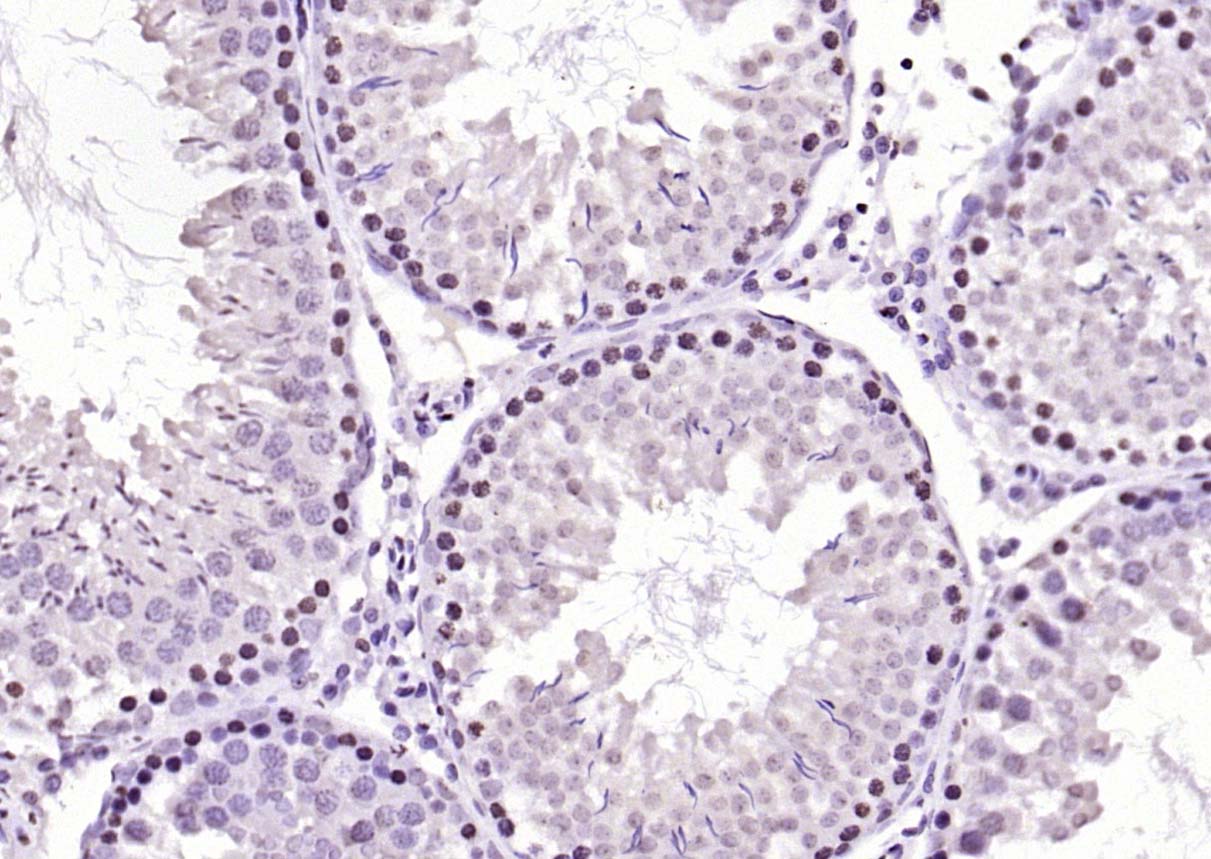

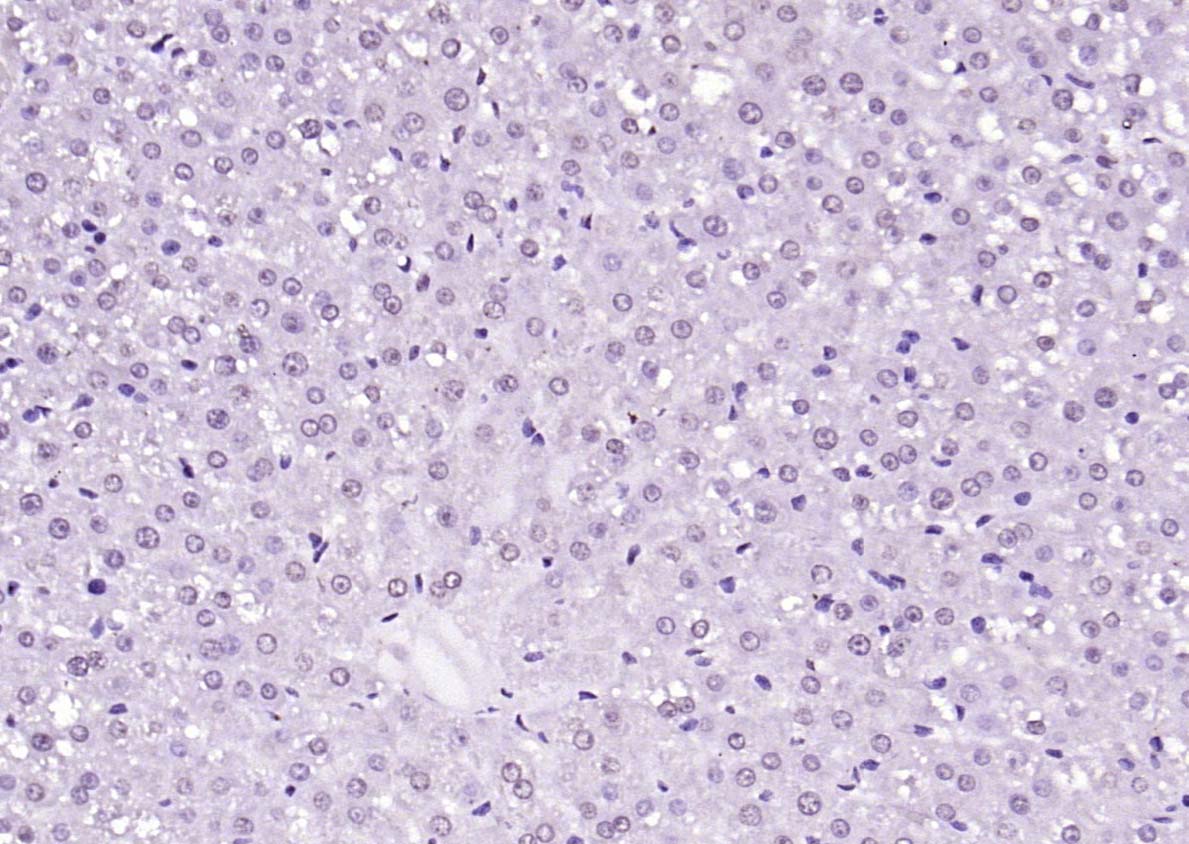
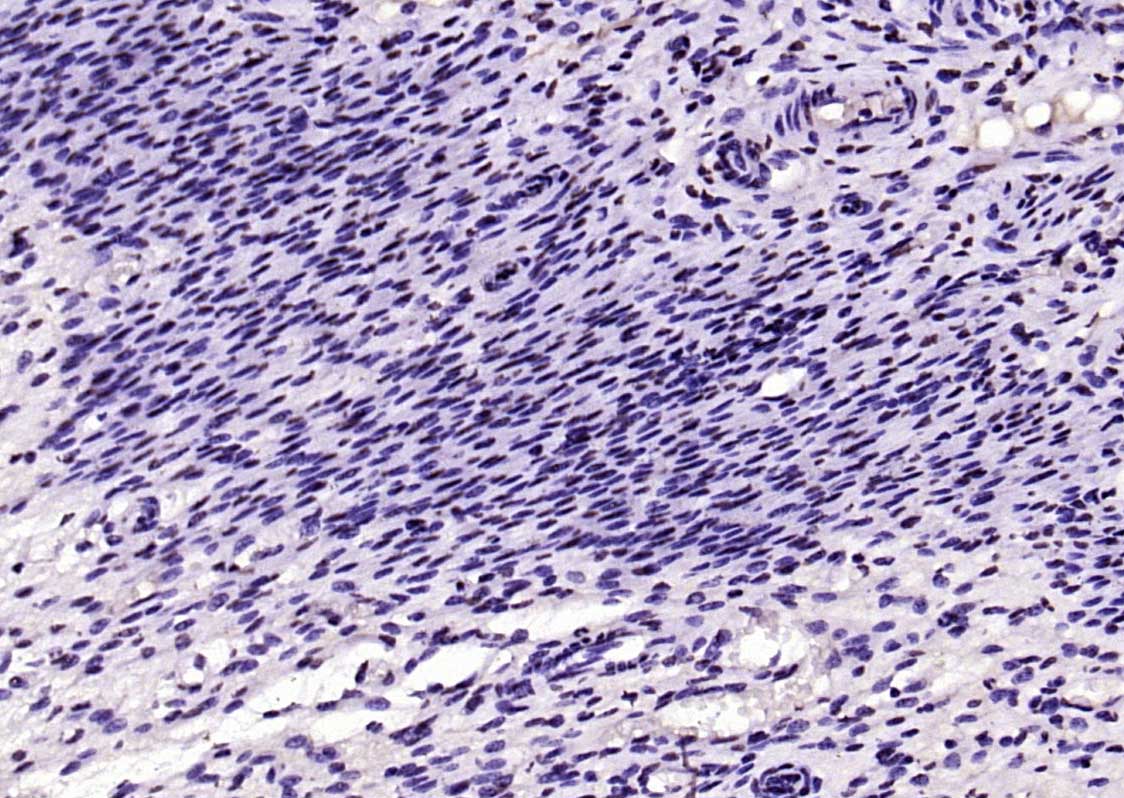
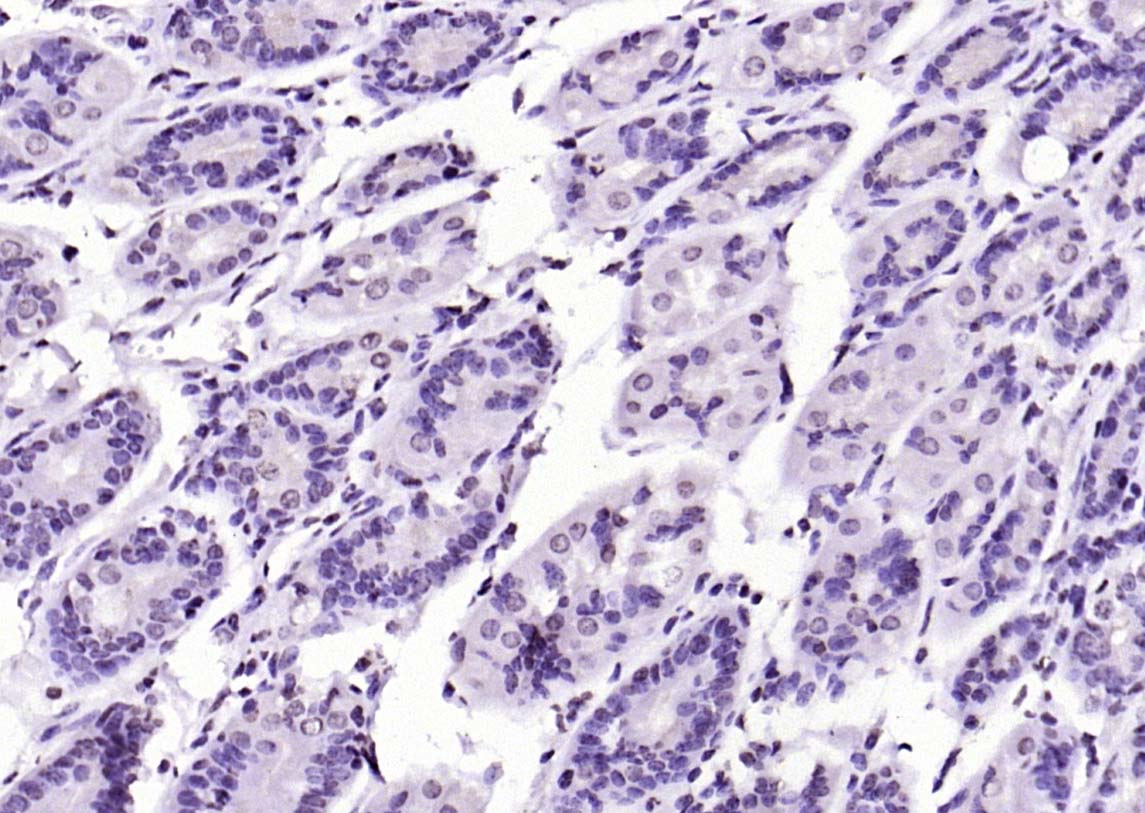
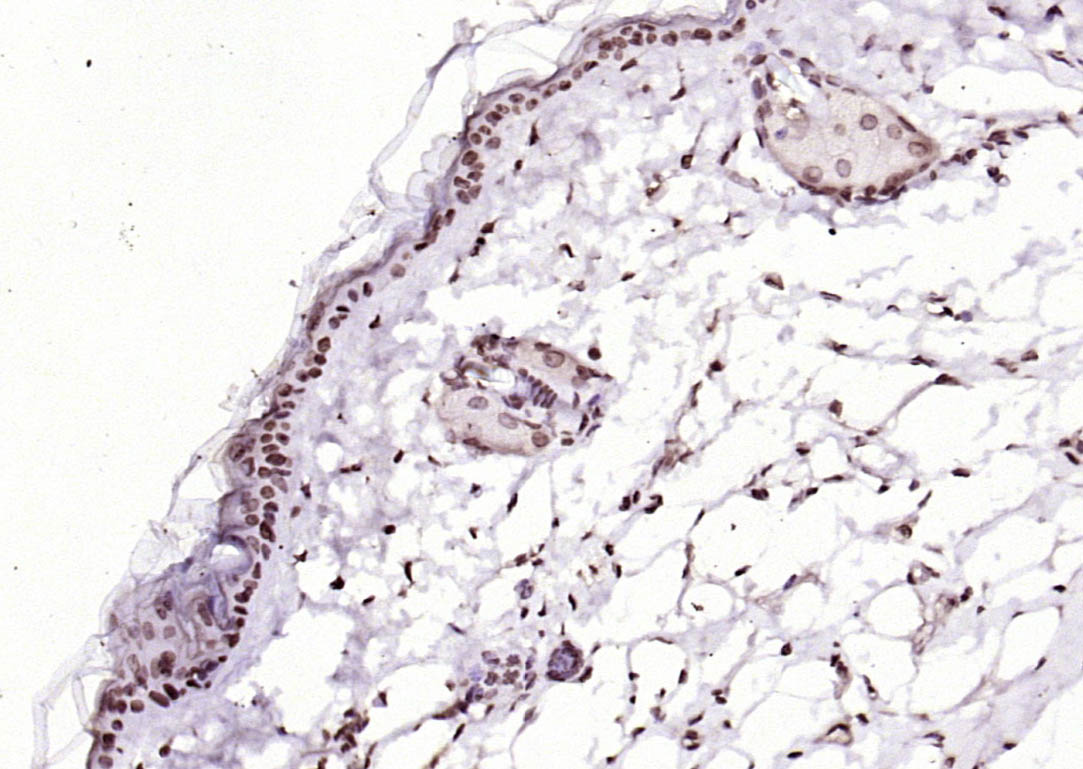
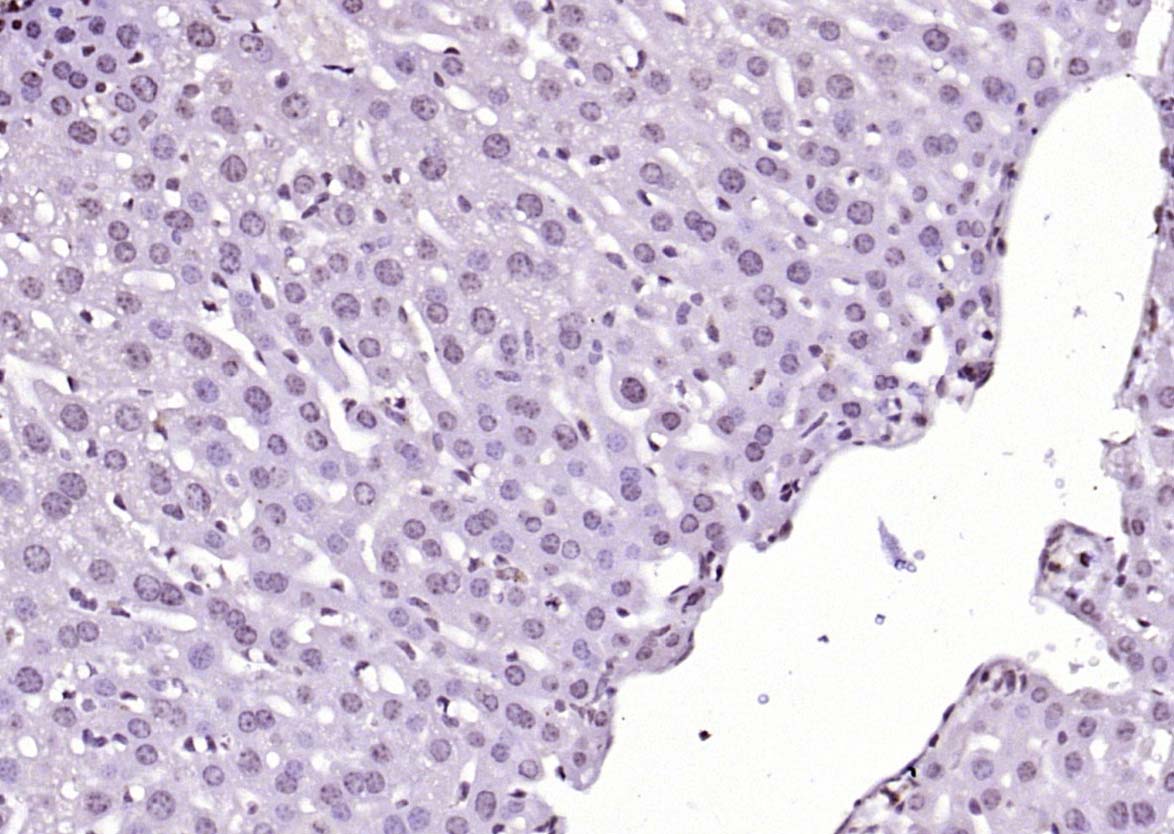
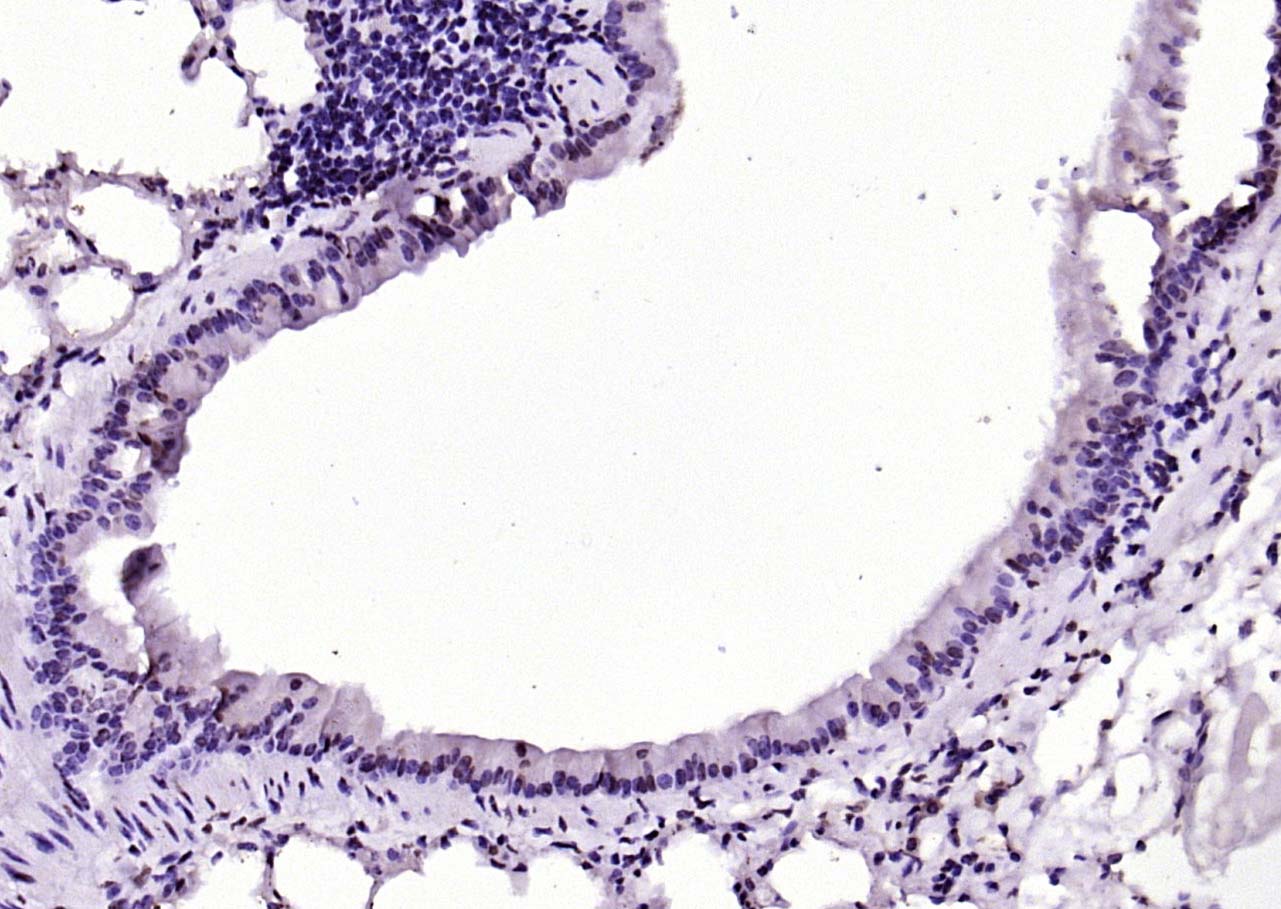
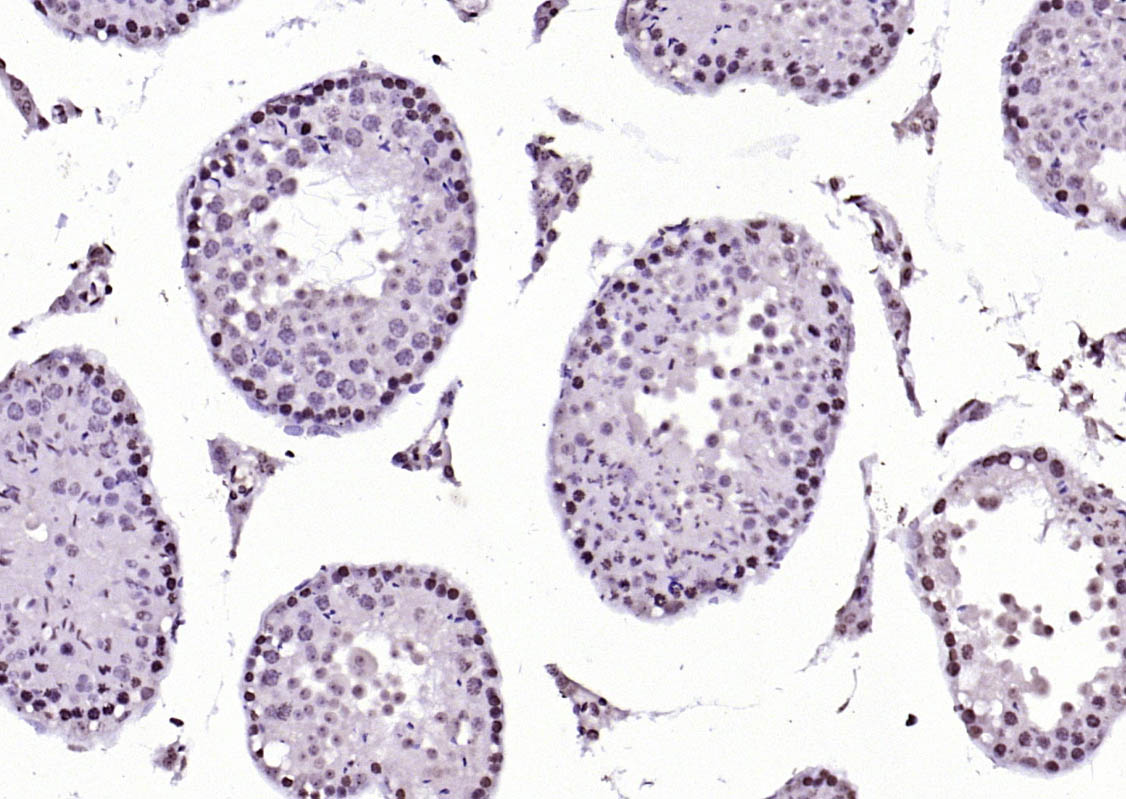
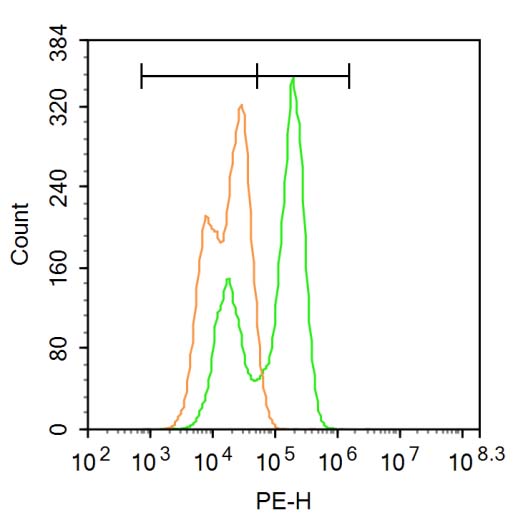


 +86 571 56623320
+86 571 56623320
 +86 18668110335
+86 18668110335

